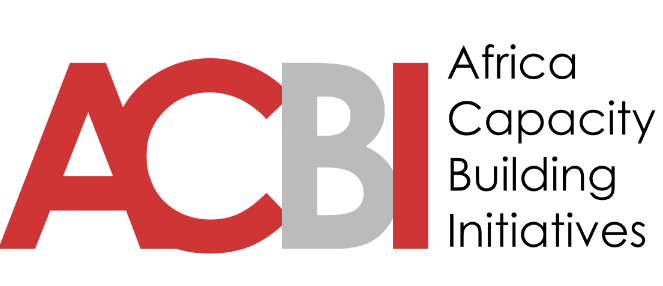COURSE AIM
The general aim of this course is to provide intellectual and professional training for would-be entrepreneur administration in order to make them effective and efficient in their day-to-day practice. Literature reveals that most head of educational institutions do not really understand the nitty-gritty of school management. As a result, it makes it difficult for them to achieve the goals of the respective institution they manage. Some entrepreneurs or principal accidentally found themselves in the leadership position without adequate pre-requisite, hence experiencing what is termed the peter principles ‘. With this course therefore, potentials corporate heads will be properly equipped to handle the challenges of institutional management in this ever-dynamic society. In this course we will use Nigeria as a benchmark for leadership and corporate governance management.
Course Objective
At the end of this course, you should be able to:
- Explain clearly the differences between corporate governance and leadership.
- Explain the different theories on leadership.
- Identify the various leadership styles and their shortcoming.
- Explain the major factors affecting leadership in both private and public sectors.
- Explain how quality of leaders varies.
- Explain the meaning and elements of effective corporate governance.
- Identify how corporate governance matters on corporate theories.
- Explain clearly the responsibilities and function of a board of directors.
- Identify basic principles of OECD and good governance.
- Describe corporate control designs around the world.
Course Features
- Lectures 15
- Quizzes 0
- Duration 10 weeks
- Skill level All levels
- Language English
- Students 0
- Assessments Yes
Curriculum
- 3 Sections
- 15 Lessons
- 10 Weeks
- MODULE 1: CONCEPT OF LEADERSHIP2.0 OBJECTIVES At the end of this unit the learner should be able to: • Define the term leadership. • Explain principles of leadership. • Explain type of leaders. • Qualities of leaders. • Explain roadmap to leadership. • Explain leadership aspect. • Explain Leadership power and sources. • The trait Theory. • The functional or group Approach. • The action-centered leadership. • The Behavioural Approach to leadership. • The Managerial Grid. • Likert‘s leadership Theory Among others….5
- MODULE 3: CORPORATE GOVERNANCE2.0 MODULE OBJECTIVES At the end of this unit, students should be able to: 1. Explain the meaning of corporate governance 2. Explain objectives of corporate governance. 3. Explain elements of corporate governance 4. Explain why corporate governance matters 5. Explain all theories that supported corporate governance 6. Explain the responsibilities of board of directors 7. Explain the functions of board of director. 8. Explain the composition of board of directors 9. Explain the role of shareholders. 10. Explain the role of audit commit 11. Explain the qualification and experience of members of an audit committe12. Explain the principles of OECD 13. Explain corporate governance in practice7
- 0.1UNIT 1: Meaning, Objectives and Elements of Effective Corporate Governance
- 0.2UNIT 2: Why Corporate Governance Matters
- 0.3UNIT 3: Corporate Governance Theories
- 0.4UNIT 4: Responsibilities and Functions of a Board of Directors
- 0.5UNIT 5: Basic Principles of OECD and Corporate Governance in Practice
- 0.6UNIT 6: Good Governance with Value Addition and Duel process
- 0.7UNIT 7: Corporate Control Designs around the World
- MODULE 2: SERVANT LEADERSHIP AND PROBLEM OF LEADERSHIP IN NIGERIA and AFRICA2.0 OBJECTIVES At the end of this module, students should be able to understand: (1) Overview of servant leadership, (2) Concept of servant leadership, and (3) Characteristics of servant leadership (4) Concept of change and its management (5) Leaders as change agents (6) List major problem of leadership in Nigeria and Africa (8) Explain major problem of leadership in Nigeria (9) Provide a recommended solution to the leadership in Nigeria .3

